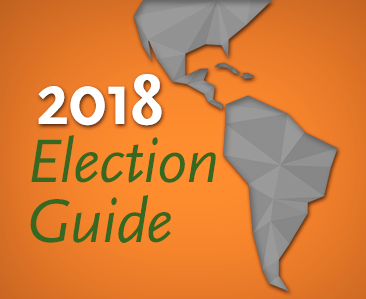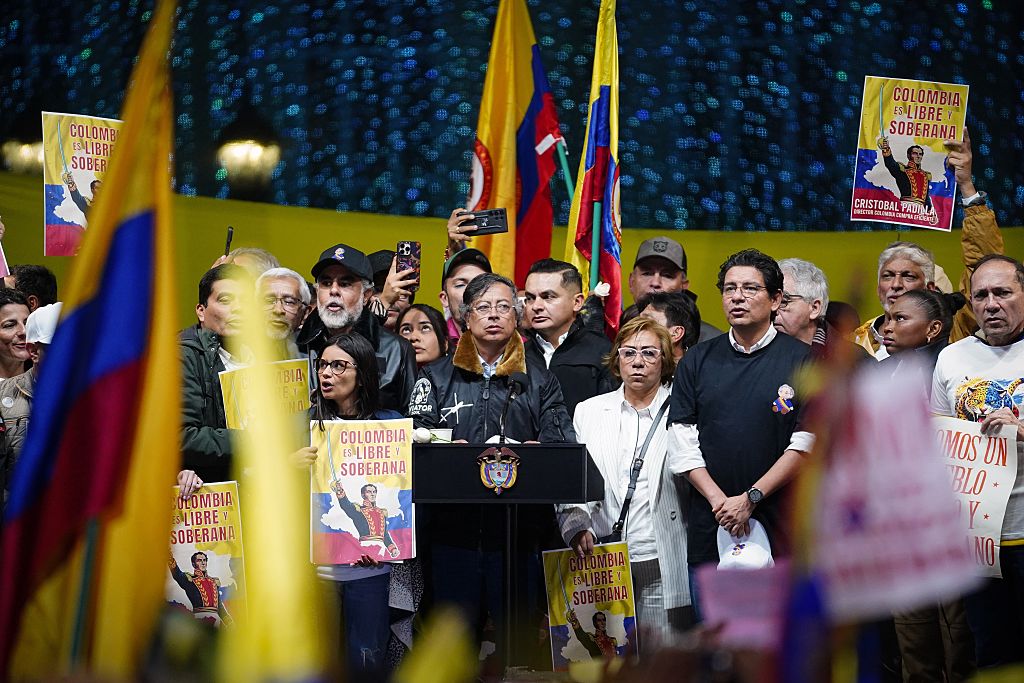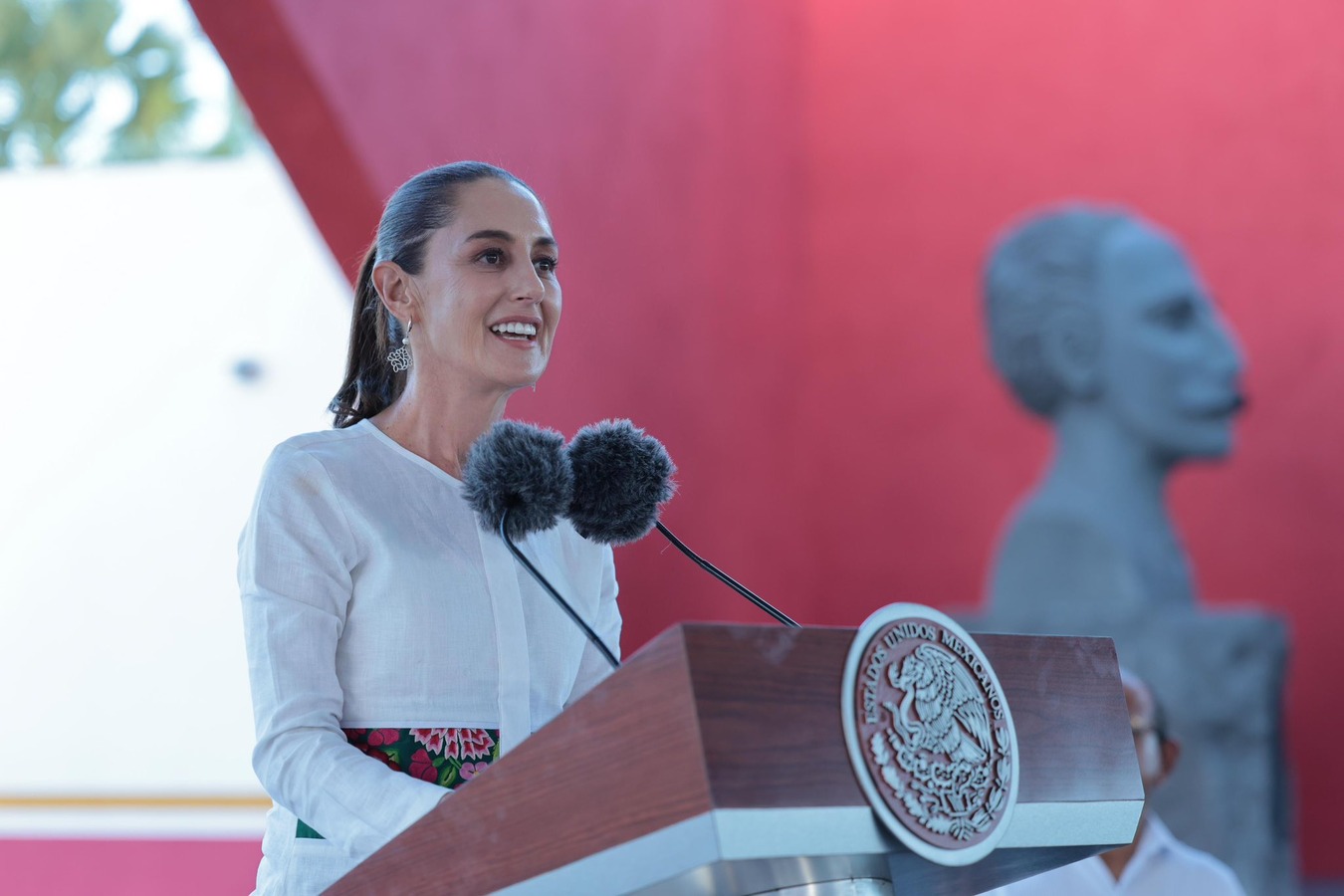Chart: Latino Voters in the 2018 U.S. Midterm Elections
Chart: Latino Voters in the 2018 U.S. Midterm Elections
Representation matters, as does what language you speak.
Latinos make up the largest minority group in the United States, but their turnout in elections—especially midterms—would belie that position. Heading into the last midterms in 2014, the Hispanic voting population had grown 18 percent since the ones four years earlier. But the total number of Hispanic voters who cast a ballot edged up just 3 percent that year, with 27 percent of eligible Hispanic voters heading to the polls, well below the 41 and 46 percent respective turnout rates for black and white voters.
What can be done to change the scenario? One step involves not treating voters as a unified bloc. Election observers are realizing that immigration rights stand as just one of a handful of issues Latino voters are focused on, along with jobs and wages, health care, and education. Also, campaigns could improve their outreach to encourage Latinos—more than half of whom say they still haven’t been contacted by a campaign this election season—to go to the polls on the November 6 Election Day. Fielding more Latino candidates and working to get to parity representation in Congress is another important strategy to ensure voter turnout matches the population as a whole.
- Check out our 2018 U.S. Midterm Elections Guide.
- Get to know some of the Latino candidates on ballots November 6.









